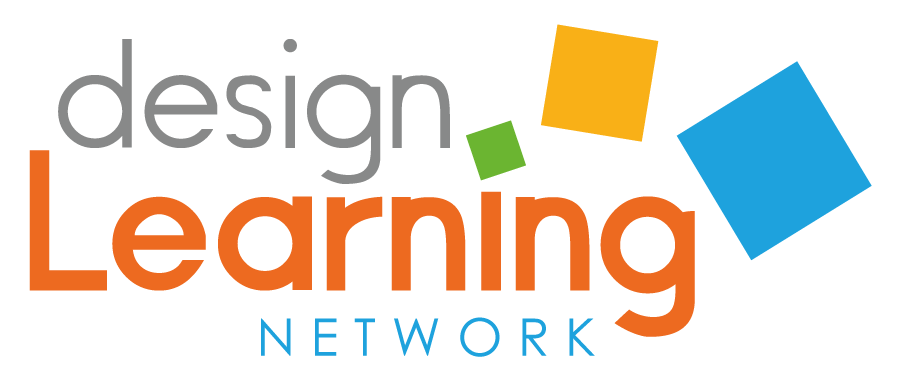Step 3 - EXPLAIN, Define scope, structure, approach
3.1 Make Sense of Input and Feedback
Students make sense of information of greatest importance as gathered from users and stakeholder to then propose relevant findings
3.2 Consider Alternatives
Based on initial investigations, learners brainstorm via open-ended “what if?” questions and divergent thinking – then propose multiple purposeful, creative, and innovative design solutions
3.3 Identify Criteria
Students identify a set of clear criteria (3-4) as indicators of productive purpose, creativity, and innovation to assist with the design decision making process
3.4 Embed Feedback Loops
Learners generate ideas for potential embedded check points as formative feedback loops within the design process – to assess progress, impact of design decisions
3.5 Conduct Formative Assessment
Students take a scored but non-graded formative assessment of levels of readiness – to apply and transfer key concepts and skills
Teachers offer students feedback on assessment outcomes in the form of 2-3 questions as food for thought – aimed at recording performance outcomes based on on criteria that assists in revealing levels of detailed knowledge, gaps in reasoning, or misconceptions
The midpoint formative assessment can be used to track and compare PRE- and POST- assessments performance differences
3.6 Create a Plan of Action
Learners frame a plan of action – including resources, sequence of key implementation events and activities, and prospective desired outcomes
